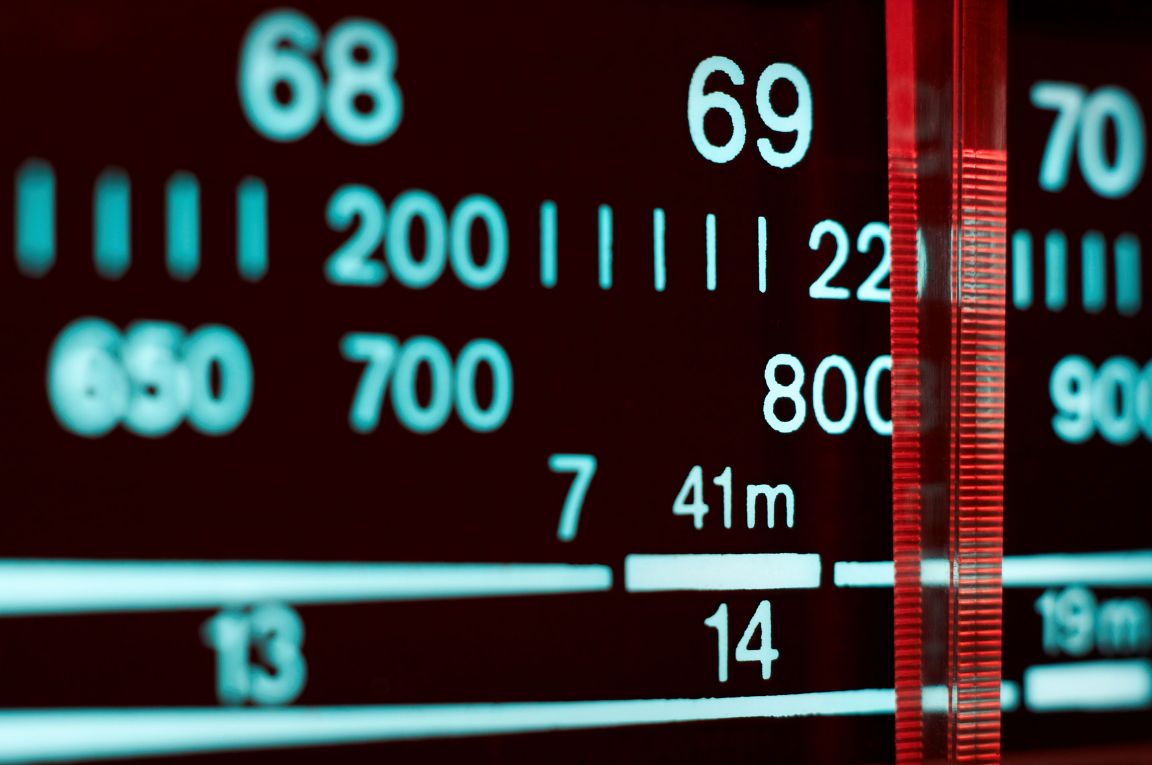“We’ll Be Right Back After These Messages...”
It's a phrase we have come to know mostly from television. Talk shows, games shows, news programs and others all seem to point out that something different will be coming up, and the hosts will be going away somewhere. I have always been a firm believer that you should not draw attention to your commercial breaks or treat them as some other entity that you have no control over. While it is good to promote that you have more quality programming after the commercials, be creative and try to develop new ways of promoting that fact. Turn the negative into a positive. Point out that there is a positive reward for sticking through the commercial break. As this article explains, make your commercial breaks as unobtrusive as possible.
While commercials and commercial breaks are a part of survival in this business, they are seen as a negative by a majority of radio listeners. Most air talent and programmers treat commercial breaks as something other than part of the station's programming. I assert that commercial breaks are a part of your programming. Think about it from a listener's point of view. He/she sees the whole picture (hears the whole sound). He/she doesn't differentiate between every little element on your station. As a programmer you care about the entire sound of your station. You make sure that your liners, sweepers, promos and jingles all fit the overall sound of your station. You care about the transitions from songs to songs or programming elements to songs. Thus, you also need to care how your commercials and commercial breaks are handled.
Here are six suggestions on how to improve those commercial breaks:
1. Set up your breaks by length of your spots. Most people sense change rather than time. When you are in a break, most listeners won't notice the length of the individual commercials, but will get a sense of when the commercials change from one advertiser and message to another. This is why you should stack your commercials by length. :60s first, then :30s, then :15s and :10s. This way you avoid having a great deal of change at the opening of a commercial break.
2. Play your best produced commercials first in the break. It is less abrasive for listeners to hear a commercial featuring a gentle announcer with a nice music bed or jingle rather than a "screaming" used car sales person yelling "no money down!". Try to play your voice-only, unproduced commercials late in the break as well. In other words, hide the poorly produced commercials. Often (but not always) your best produced commercials are the ones you receive from agencies and production companies. Typically these are regional or national clients. I recommend that you meet with your production personnel and devise an easy to understand code system for your air talent. This way you can decide and control which commercials you would prefer to have played first or last.
3. Piggyback spots. If your station runs barter commercials and you air them as "piggyback" spots, place them between your :60s and :30s.
4. Keep your breaks tight. Make the commercial break seem as though it is one continuous event. The dead air holes just help to draw attention to the commercial break.
5. Voices. Avoid airing commercials produced by the same voice talent back to back. Also avoid playing commercials back to back from advertisers doing the same business or selling the same product..
6. Station promos. If you play station promos, make sure you either open or close your break with the promo. The message won't get lost in the middle of a commercial break. At the same time, your promotional message is placed closer to your station's product (your programming - music, news or talk, etc.).
If you want people to listen and keep listening, then avoid giving them an opportunity to tune away. And remember that everything that you put on the air from music, talent, jingles, promos and even commercials are your product. From a listener's point of view, all these items are part of your radio station.
